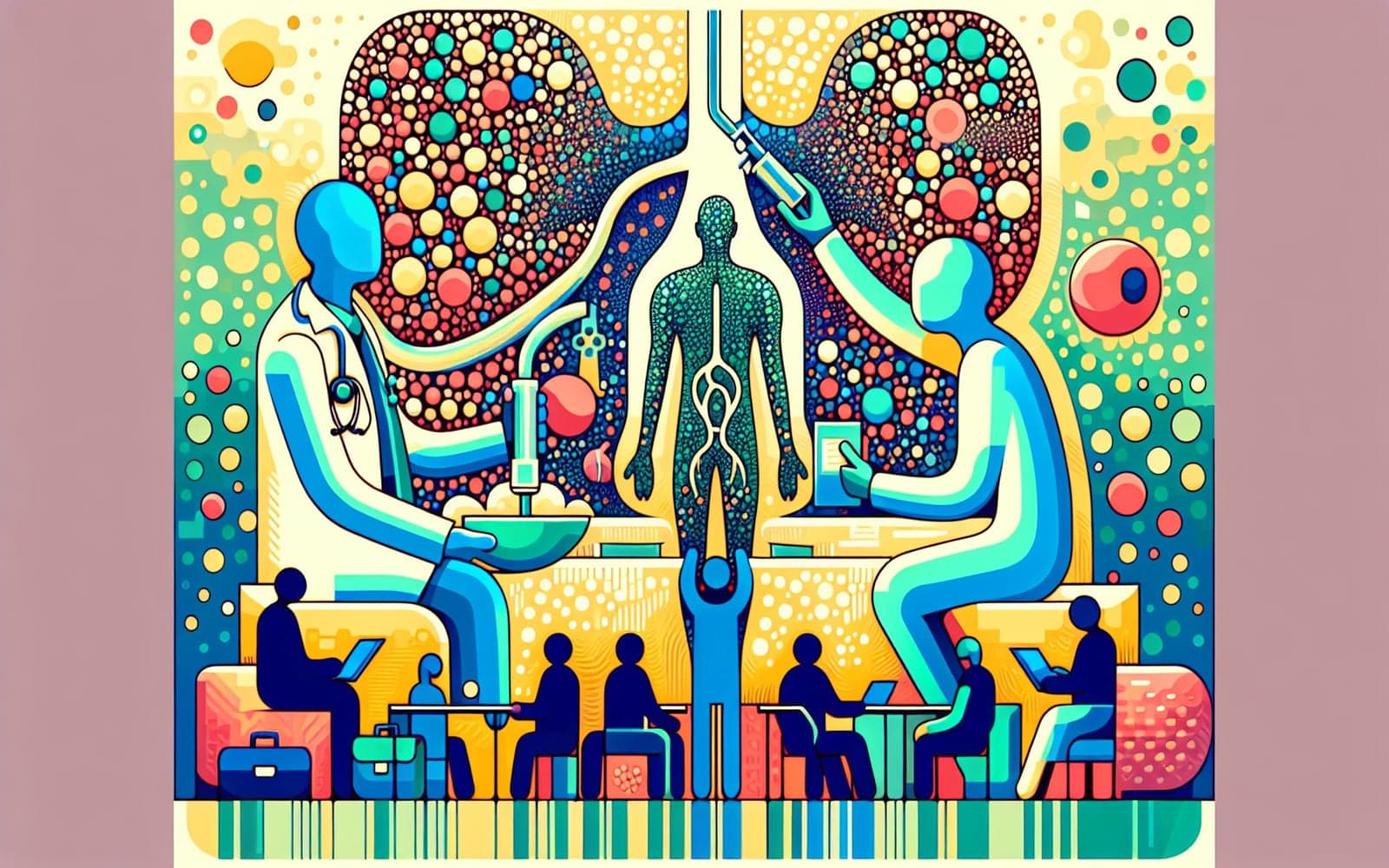Cracking the Case: How Doctors Diagnose Aseptic Meningitis
Published: Mar 16, 2024
Diagnosing aseptic meningitis is like solving a medical mystery. Doctors use a combination of clinical evaluation, lab tests, and imaging to piece together the puzzle.
Contents
The Initial Interrogation
Your doctor will start by asking about your symptoms, travel history, and potential exposures. They'll also perform a physical exam, looking for telltale signs like neck stiffness. It's like the opening scene of a medical drama, gathering all the initial clues.
The Crucial Spinal Tap
A lumbar puncture, or spinal tap, is the key diagnostic test. A small sample of cerebrospinal fluid (CSF) is collected and analyzed. This fluid bathes your brain and spinal cord, so it holds vital clues about what's happening in your central nervous system. Think of it as collecting evidence from the crime scene.

Lab Analysis: Decoding the Clues
The CSF is examined for cell count, protein levels, and glucose concentration. In aseptic meningitis, you typically see an increase in white blood cells and protein, with normal glucose. Specialized tests like PCR can identify specific viral culprits. It's like running the evidence through a high-tech forensics lab.
Frequently Asked Questions
There's some discomfort, but local anesthesia helps minimize pain.
Initial results can be available in hours, but some tests may take days.
Yes, which is why thorough testing is crucial for accurate diagnosis.
Complications are rare but can include headache or infection.
Key Takeaways
While diagnosing aseptic meningitis can be complex, modern medical techniques allow doctors to crack the case and provide appropriate treatment.
Curious about the diagnostic process for meningitis? Chat with Doctronic to learn more about what to expect if you need these tests.Related Articles
References
Hasbun R, et al. Epidemiology of Meningitis and Encephalitis in the United States, 2011-2014. Clin Infect Dis 2017; 65:359.
Leber AL, et al. Multicenter Evaluation of BioFire FilmArray Meningitis/Encephalitis Panel for Detection of Bacteria, Viruses, and Yeast in Cerebrospinal Fluid Specimens. J Clin Microbiol 2016; 54:2251.
Always discuss health information with your healthcare provider.

